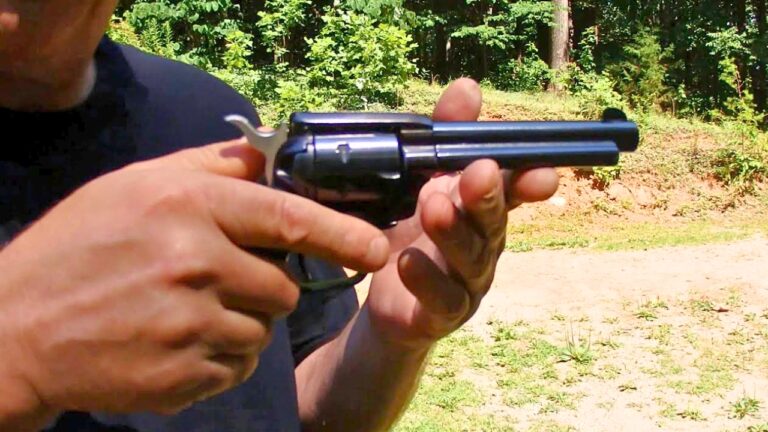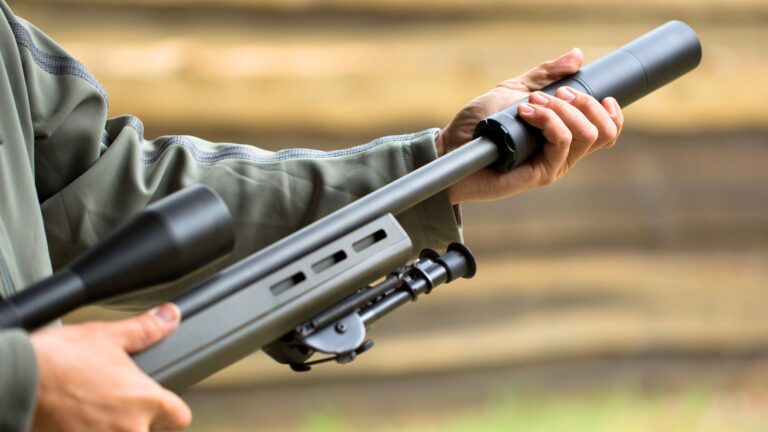You’ve probably been there—lined up for a shot, rifle settled steady as can be, only to watch one leg of your bipod start sinking into damp dirt or loose sand. Next thing you know, you’re leaning, your crosshairs are wandering, and that perfect shot window closes. Not every bipod is built for uneven or soft terrain, and some of the most popular models fail fast once the ground gives way. Lightweight legs, narrow stances, and pointed feet that dig unevenly all make the problem worse.
A solid bipod should spread weight evenly and hold position under recoil. Unfortunately, a lot of designs that shine on hard benches or gravel lose stability in the field. Here are a few that are known to struggle when the surface beneath them turns to mud, sand, or loam. If you hunt or shoot anywhere with soft ground, these are the ones that can betray your balance.
Harris 1A2 Series
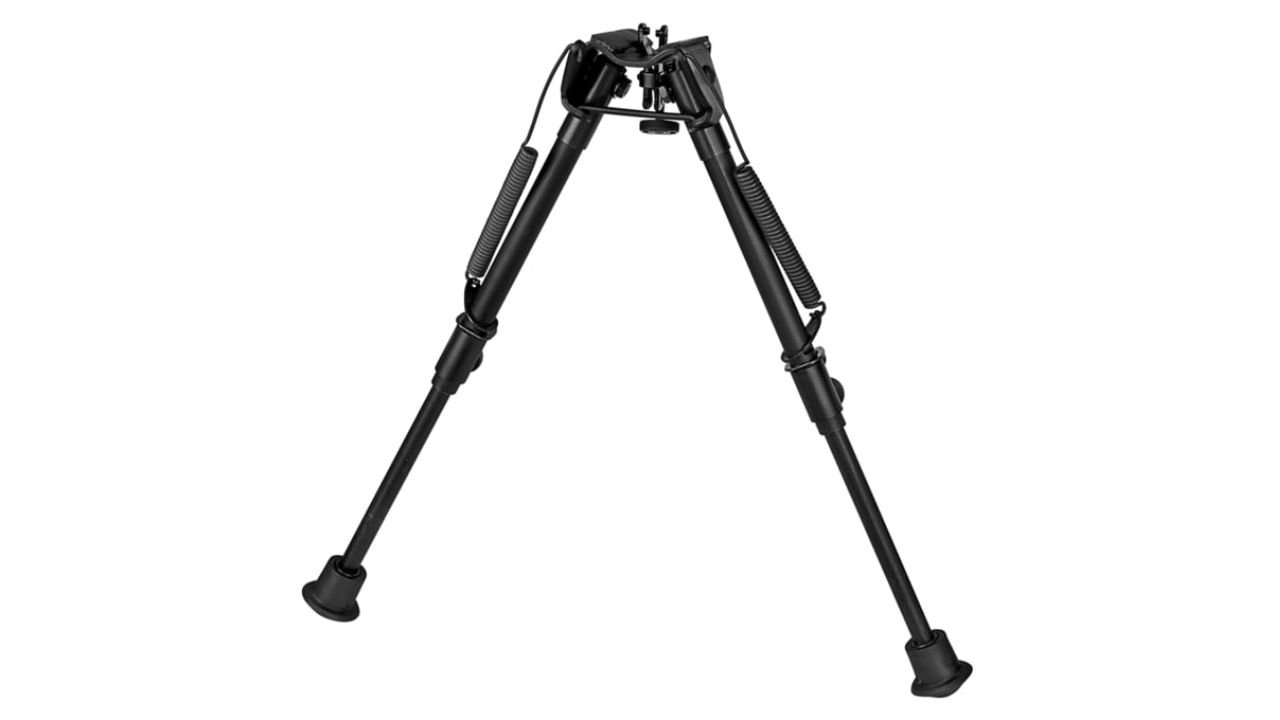
The Harris 1A2 bipods have earned decades of use, but they were designed for firm, level surfaces. Their narrow stance and spindly spring-loaded legs don’t distribute weight well on soft ground. Once the legs start sinking unevenly, the whole setup tips off level fast. The problem’s worse with longer models that flex under load, especially on rifles with heavier barrels.
Their small rubber feet grip hard surfaces fine but have no float or spread in mud or grass. You’ll feel one side dig in while the other slides. On dry soil, they’re fine, but if you’re prone over loam or soft clay, the rifle will lean no matter how carefully you plant it. There’s no built-in cant adjustment, so once one leg sinks, you’re fighting physics. Harris bipods are rugged and proven, but they’re not the friend you want in wet spring fields or swampy bottomland.
Magpul Bipod
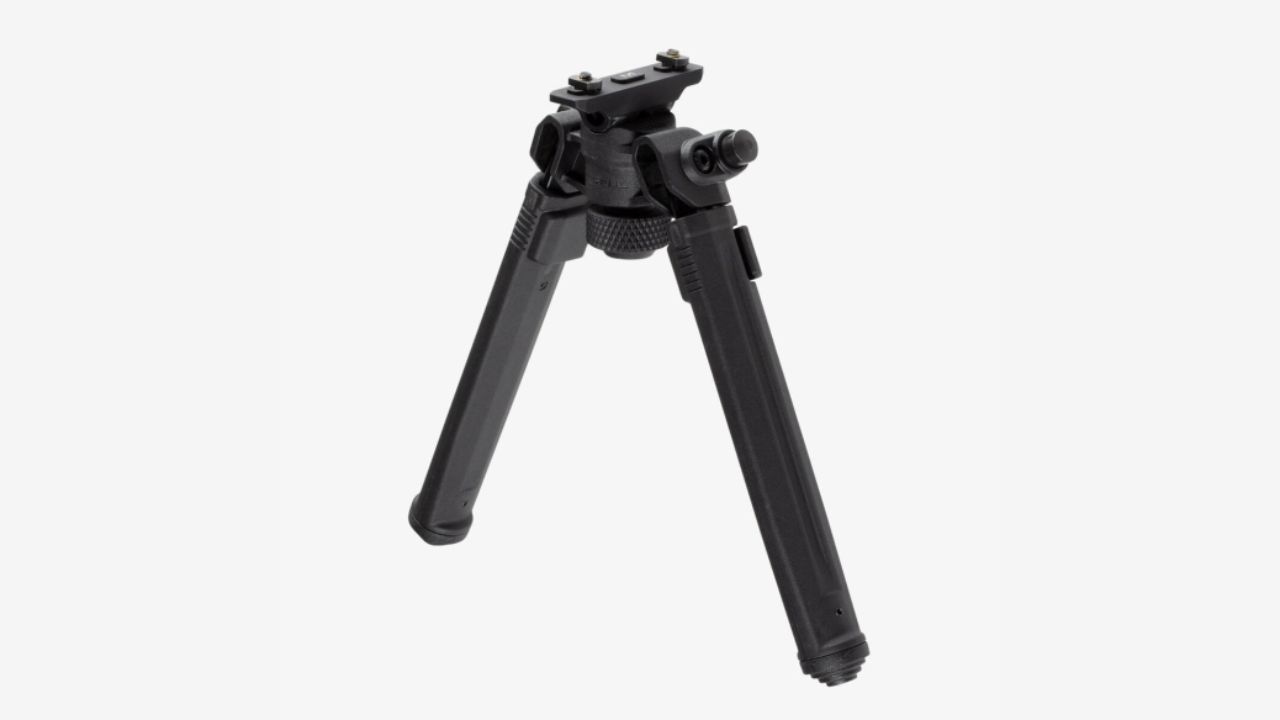
The Magpul Bipod looks tactical and modern, but it’s built for moderate surfaces, not loose dirt or deep grass. Its polymer legs flex under heavier rifles, and the narrow foot profile gives little purchase in soft terrain. You’ll notice it most when shooting off uneven ground—one leg settles deeper, the other stays high, and your rifle starts canting before the shot breaks.
Magpul designed it to be lightweight and compact, which makes it great for carrying but not for anchoring. The rounded rubber feet are the main weak point—they don’t dig in evenly and have almost no float. If you’re shooting from sand or muddy ground, expect at least one leg to sink while the other side drifts. On concrete, it’s rock solid, but in real hunting dirt, that minimalist design trades too much stability for convenience.
Caldwell XLA Pivot
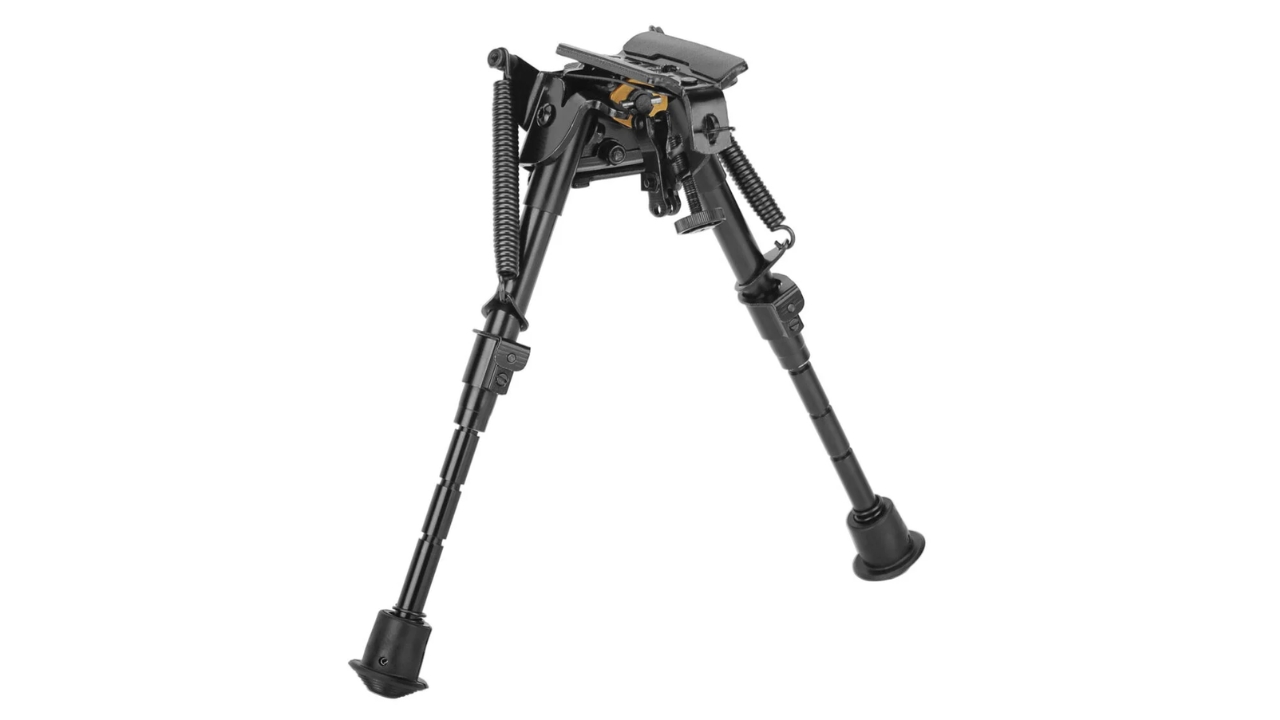
The Caldwell XLA Pivot seems practical on paper—it adjusts easily and has a swivel feature—but that pivot head becomes a liability on soft ground. The joint allows extra movement when one leg sinks, and instead of compensating, it exaggerates the lean. Add the thin legs and slick rubber feet, and you’re looking at a bipod that performs fine on mats and gravel but folds on dirt.
Because it’s built for affordability, the metal tubes aren’t reinforced, and they flex visibly under load. That means when the soil softens, one leg compresses while the other holds, forcing your rifle to roll slightly off target. The pivot lock can’t fight that imbalance. The XLA does what it’s meant to for range shooters, but take it to the field after a rain and you’ll wish for wider, stronger footing.
UTG Tactical OP Bipod

The UTG Tactical OP bipod is a common budget choice, but it’s not built for stability on anything other than flat, packed ground. The spring-loaded legs are stiff and don’t equalize well, so when one starts to sink, the other doesn’t follow. The hard rubber feet skate on slick mud and dig unevenly on sand or snow.
It also suffers from a top-heavy design—when the rifle leans slightly, the whole assembly follows. The swivel mechanism loosens up fast with use, and that slop only amplifies the problem. You can tighten it down, but on soft earth, there’s no saving the geometry. It’s fine for casual bench work but far from trustworthy when you’re lying prone on damp prairie or pine needles.
Accu-Tac BR-4 G2

The Accu-Tac BR-4 G2 is beautifully machined and solid, but it’s made for hard surfaces. Its aggressive foot spikes look sturdy, yet they dig in unevenly on soft ground, causing one side to bite deeper than the other. The stiff leg joints don’t allow subtle give, so instead of settling evenly, they force one side to carry more weight—especially on uneven terrain.
The BR-4’s sheer rigidity is both a blessing and a curse. It’s rock solid on a concrete pad, but on soft, spongy dirt, that lack of compliance topples balance quickly. Each shot’s recoil drives the legs deeper into the surface, throwing your follow-up shot alignment off. It’s a competition bipod first, and field shooters quickly find that precision machining doesn’t replace adaptability when the soil starts moving under you.
Spartan Javelin Lite

The Spartan Javelin Lite’s quick-detach system makes it a favorite for hikers and minimalist hunters, but it’s too lightweight to dig into soft ground. The carbon-fiber legs don’t have much spread, and the sharp feet punch through instead of supporting. That means the rifle’s weight sinks one side deeper each time you shift or breathe.
The slim design works fine on frozen or rocky terrain, but in damp fields or pine duff, you’ll notice wobble right away. The legs don’t lock independently, so you can’t offset the slope if one side collapses. Add a heavy scope or suppressor, and you’ll watch your sight picture drift downhill mid-aim. It’s convenient, sure, but stability suffers as soon as the ground softens.
Atlas PSR (Standard Feet)

The Atlas PSR bipod is built tough, but its standard hard-rubber feet are made for structured surfaces, not mud. When placed on wet grass or soft soil, the small surface area creates high pressure points that sink under rifle weight. The legs hold their lock, but once one side dips, the whole rifle cants immediately.
Shooters who swap to claw or spike feet often fix the issue, but with the factory setup, the PSR’s precision feel disappears on uneven ground. The tight tolerances don’t help either—it’s so rigid that it doesn’t naturally settle back level when one leg shifts. That means you’ll spend more time fussing with adjustment than shooting. It’s great for concrete ranges or tactical mats but too stiff to manage field variability.
Champion Pivot Traverse

Champion’s Pivot Traverse bipods were meant to mimic high-end swivels but with lighter construction. Unfortunately, that light build is exactly what hurts them in soft conditions. The narrow stance and undersized foot pads offer almost no resistance when the soil gives way. Once one side starts sinking, the pivot head compounds the lean.
You can lock it down tight, but the entire assembly flexes under recoil. Hunters using these in wet fields often report constant re-leveling between shots. They’re fine for casual zeroing, but in the field, every shot risks a slow tilt as the bipod settles. On dry days it’s manageable; on soft days it’s aggravating.
Caldwell Accumax Carbon Fiber

The Accumax Carbon Fiber looks sleek and lightweight, but its ultra-light legs and slick feet don’t inspire confidence on soft terrain. The rounded feet can’t grip into loam or snow—they slide or dig unevenly. The carbon legs don’t flex, so once one sinks, the rifle tips.
Because the Accumax is aimed at portability, its footprint is small, and that narrow base concentrates all the rifle’s weight on two points. In muddy ground, those points vanish fast. It’s great if you’re hiking miles to glass, but when it’s time to settle and shoot, the ground often wins. Hunters in wet or coastal areas quickly learn it’s a bipod that travels better than it shoots.
*This article was developed with AI-powered tools and has been carefully reviewed by our editors.

